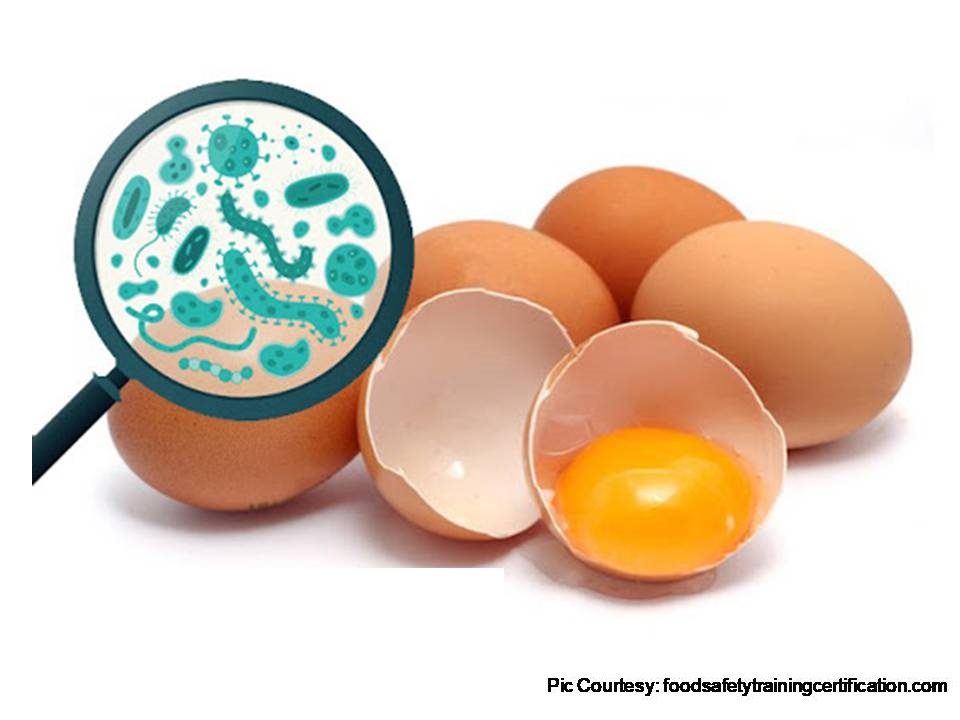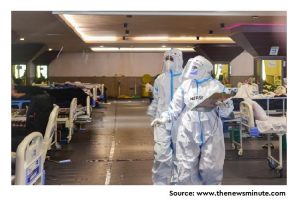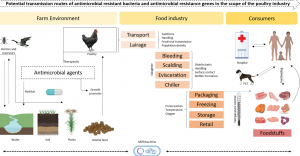The most common foodborne illnesses resulting in food poisoning is associated with Salmonella. The primary route of transmission of zoonotic pathogens like salmonella to humans is via food products of animal origin like poultry, dairy, etc. Eggs are incredibly nutritious and economical food available. There is a considerable amount of micro-organisms that are found in and on the eggs. The mode of microbial contamination in eggs can be vertical transmission from infected reproductive tissues to eggs prior to shell formation and horizontal transmission from fecal contamination on the eggshell as the eggs are released via the cloaca, where the excretion of feces also takes place. An effort has been made in the current study to isolate the Salmonella spp. in eggs and understand their resistance pattern against a range of antibiotics. A total of 48 chicken eggs from local and supermarkets that included UV treated egg and boiled egg from both the markets were examined to study the diversity of micro-organisms in the eggshell surface as well as in the internal content.
The methodology included isolation, identification, and antibiotic sensitivity test, Hemolysis, Biofilm Assay, Protein Analysis, SDS-polyacrylamide Gel Electrophoresis, Toxin Isolation, Toxicity assay on human cheek cells. Salmonella spp. was detected in a total of 68% of egg samples. About 22% of the identified Salmonella spp. were resistant to Cefotaxime (30 mcg), Levofloxacin (5 mcg), Aztreonam (30 mcg), Imipenem (10 mcg), Amikacin (30 mcg), and Ceftazidime (30 mcg). Biofilm was formed in more than 50% of the cultures that indicate potential health risks after consumption.
The potentially pathogenic Salmonella isolated from egg samples can be life-threatening and thus effective measures should be taken in order to ensure proper microbial safety before human consumption.
To learn more, please visit the website of the Asian Food Science Journal (LINK)







